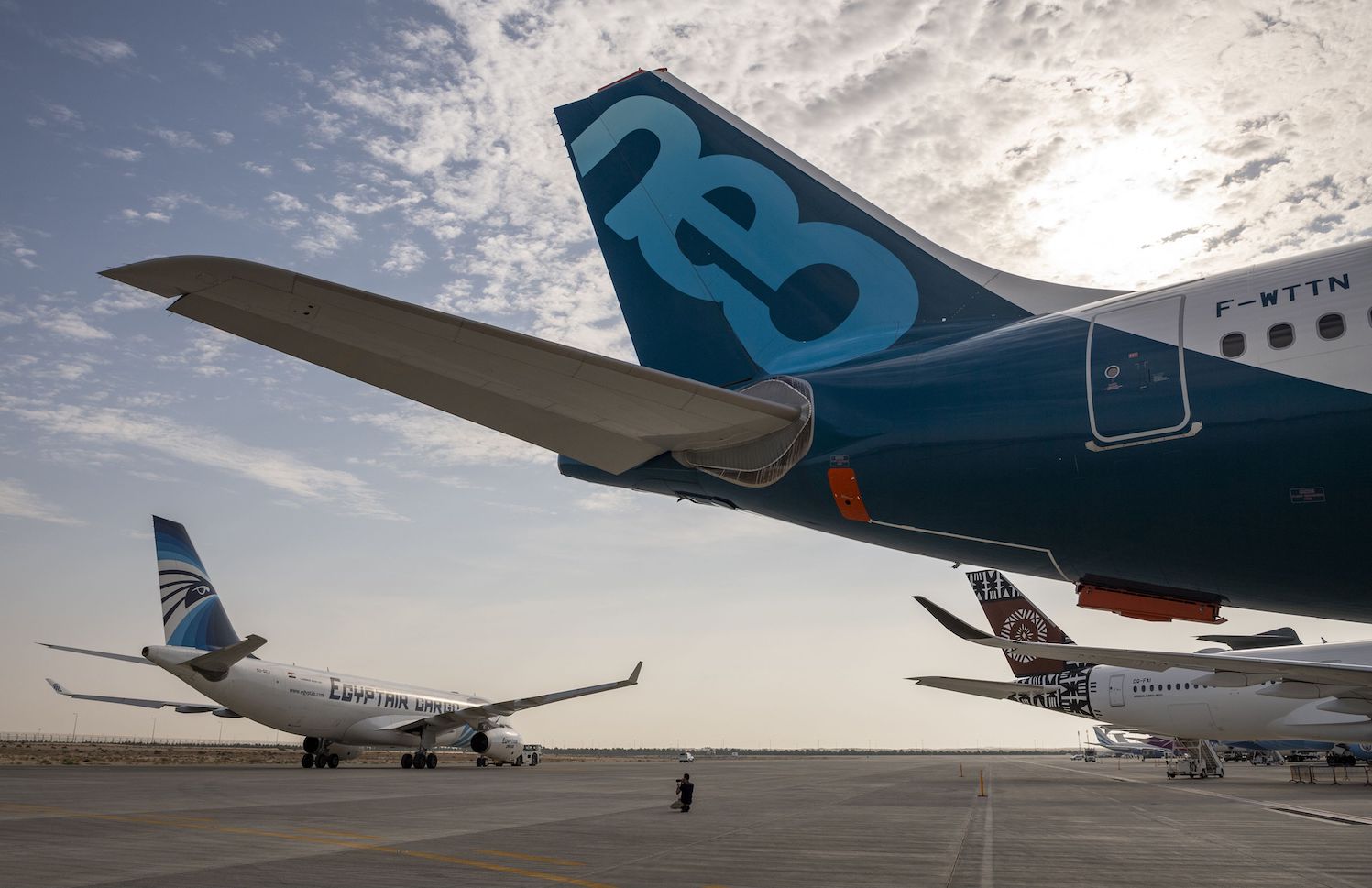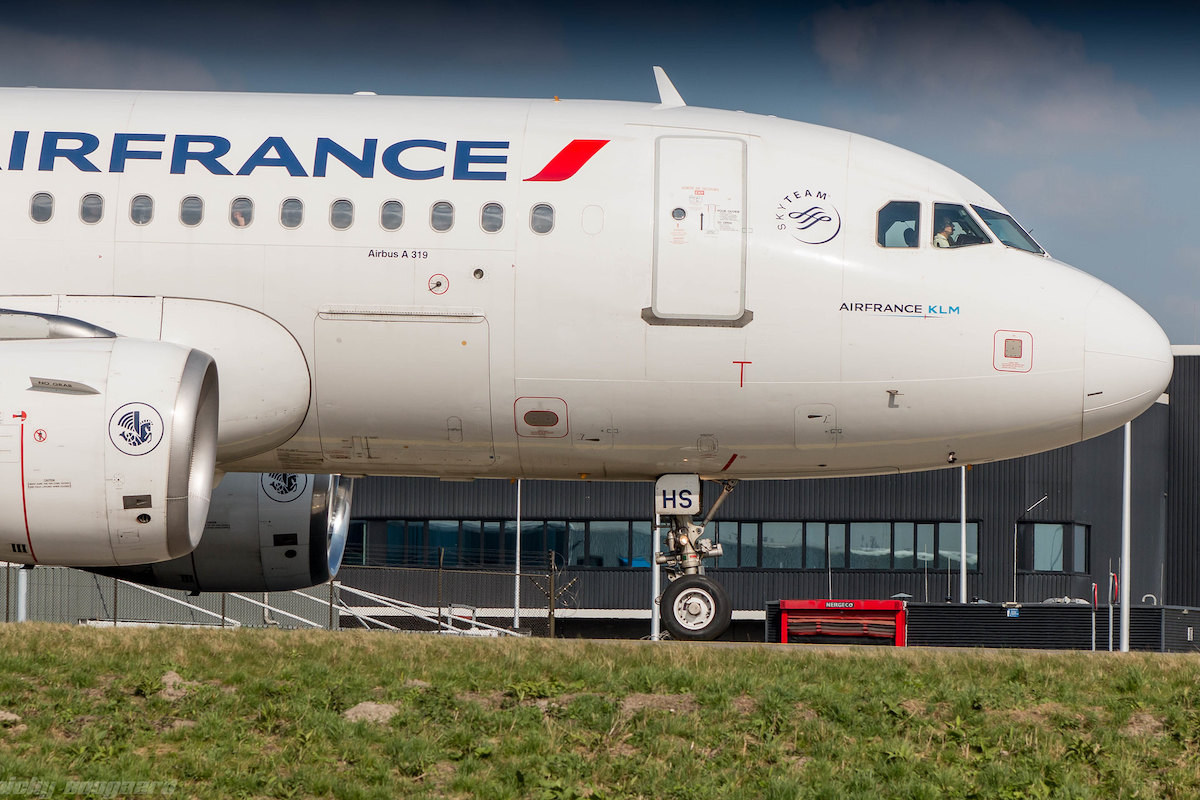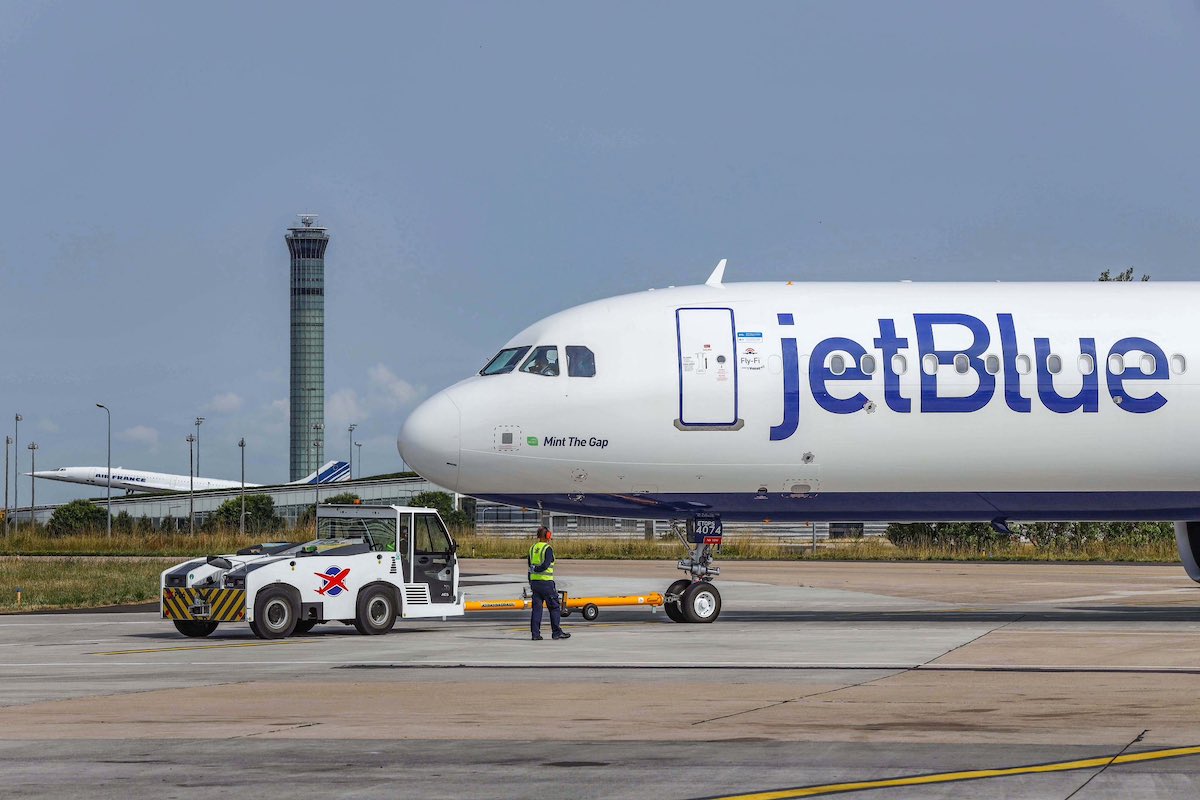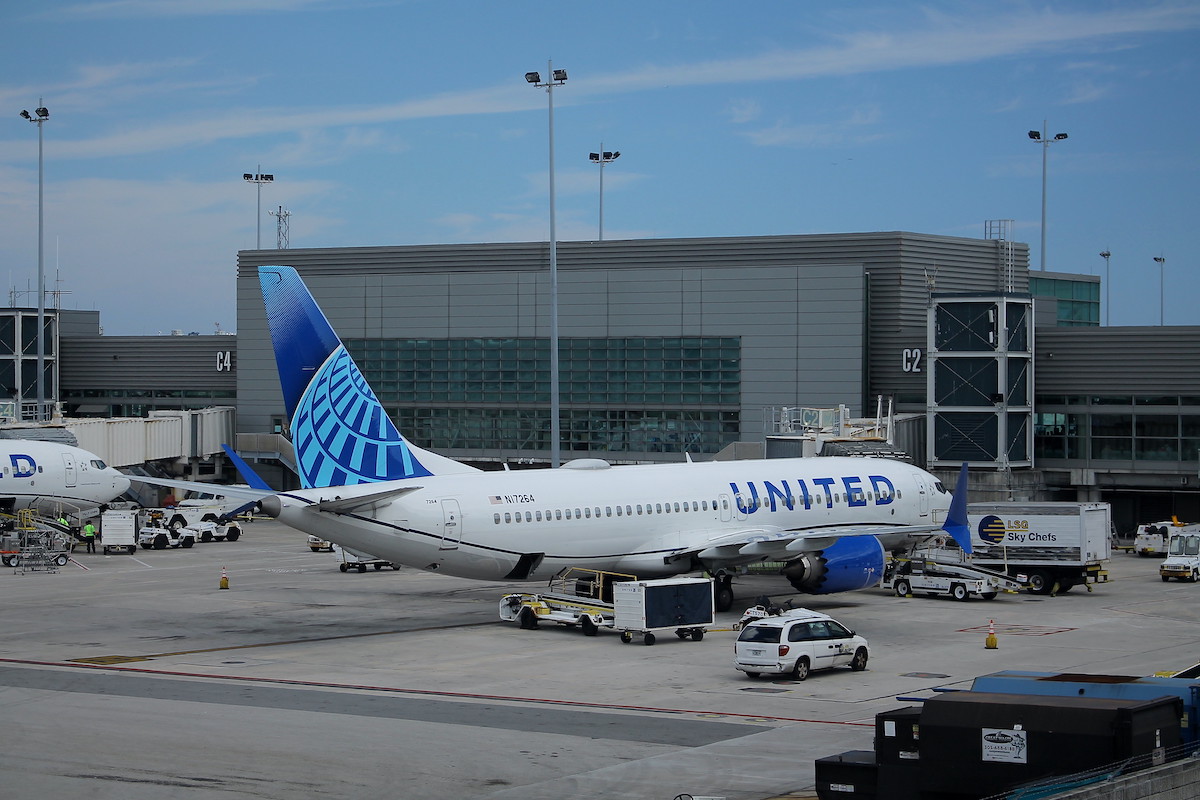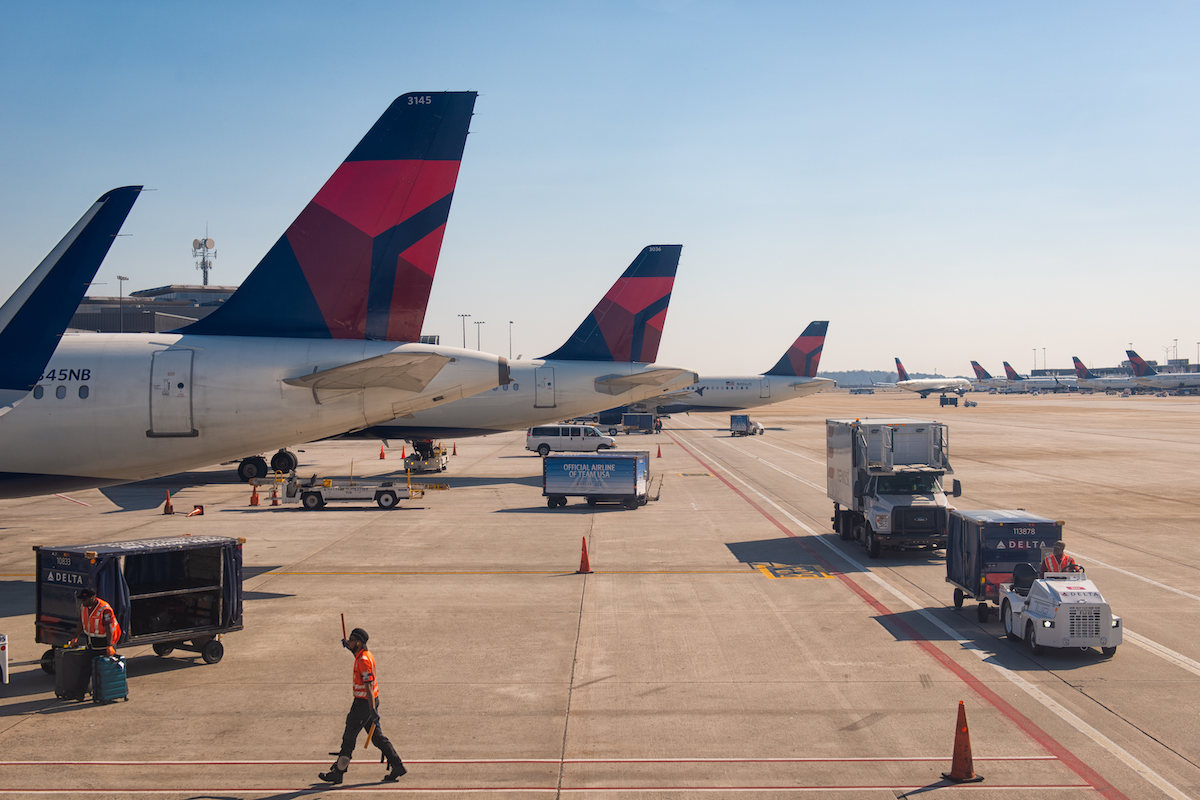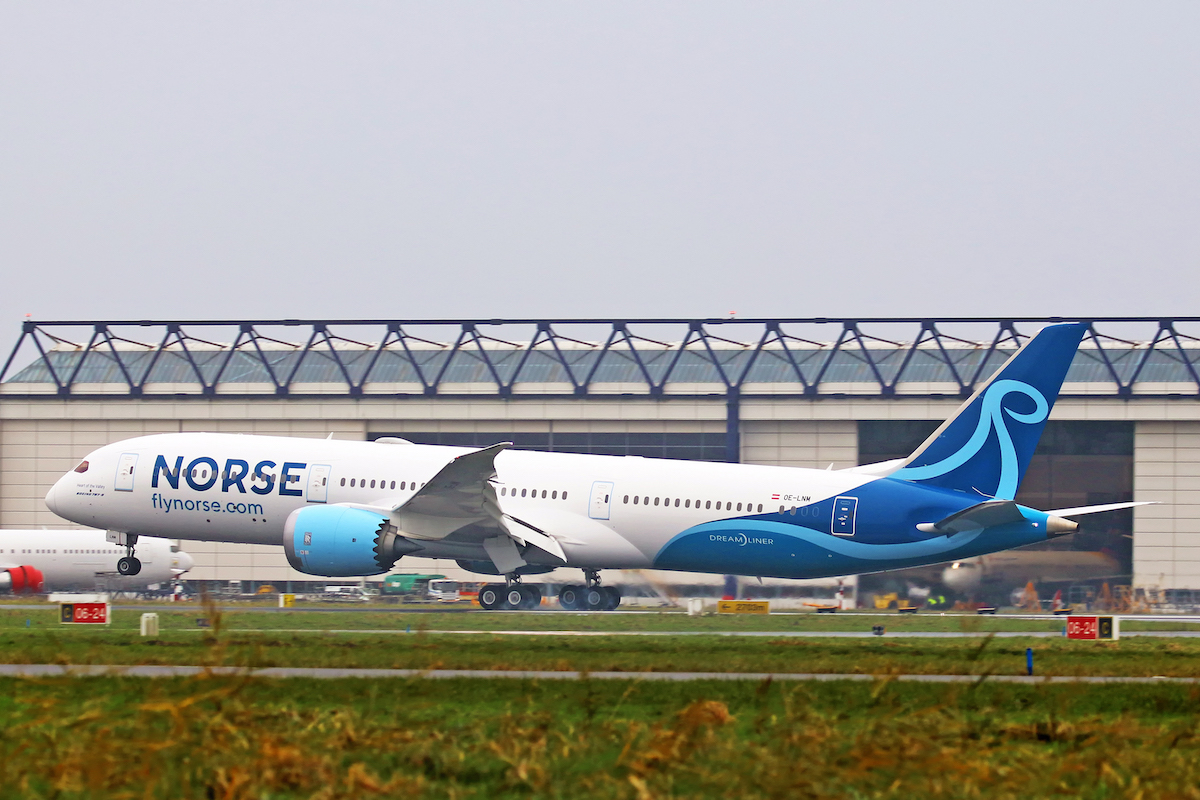The Asia-Pacific region will get past its current doldrums and return to leading the world in air transport growth. The region will need 17,620 new aircraft by 2040, Airbus predicts in its latest forecast.
That’s hard to see now, however. The region is beset by some of the world’s most stringent travel restrictions, with industries like tourism recovering haltingly and unevenly throughout the region. Countries with large domestic markets, too, are seeing uneven recovery. Arlines in India are paring back spring schedules in response to the softening demand due to the Omicron variant’s spread, while China’s “zero-Covid” policy has essentially reversed much of the domestic-market strength seen in that country earlier in the pandemic, IATA data show.
But despite these short-term travails, Airbus believes the region’s inherent demographic strengths will fuel demand for air travel — and therefore, aircraft. The region is home to 55 percent of the world’s population. But more strikingly, its economic output is expected to grow by 3.6. percent per year, stronger than projected global GDP growth of 2.5 percent per year between now and 2040. The emerging middle class in the region is forecast to grow by 1.1 billion people to 3.2 billion, tripling what Airbus calls “travel propensity” in the period.
“We are seeing a global recovery in air traffic and as travel restrictions are further eased the Asia-Pacific region will become one of its main drivers again,” said Christian Scherer, Airbus chief commercial officer. “We are confident of a strong rebound in the region’s traffic and expect it to reach 2019 levels between 2023 and 2025.”
Air travel demand is expected to grow by 5.3 percent per year over the next 20 years. This is slightly rosier than Boeing’s recent forecast, which predicted passenger traffic to grow by 5 percent per year through 2040, although the two airframers forecast roughly the same number of new deliveries the region will require in the period. Boeing further believes that the region will account for half of all global air travel by 2040.
Of the 17,620 aircraft Airbus Airbus forecasts countries in the Asia-Pacific region will need, the majority — 13,360— will be single-aisle aircraft like the A320-family. Of these, 30 percent will be replacement aircraft for older, less-efficient models. The region will fuel 42 percent of demand for larger aircraft, Airbus said, translating into 2,470 medium-sized and 1,490 large aircraft.
Cargo traffic, meanwhile, is expected to grow by 3.6 percent per year, compared with 3.1 percent globally. Package freight will by almost 5 percent per year in the region, as consumers shift their retail habits. Airbus sees these trends driving demand for 2,440 freighters by 2040, 880 of which will be new-build aircraft.
Airbus forecasts the world will need 39,000 new aircraft, including freighters, by 2040. Of these, 15,200 will replace retiring aircraft, with the balance going toward air transport growth. Boeing, by contrast, believes the world will need 43,610 aircraft by 2040.
